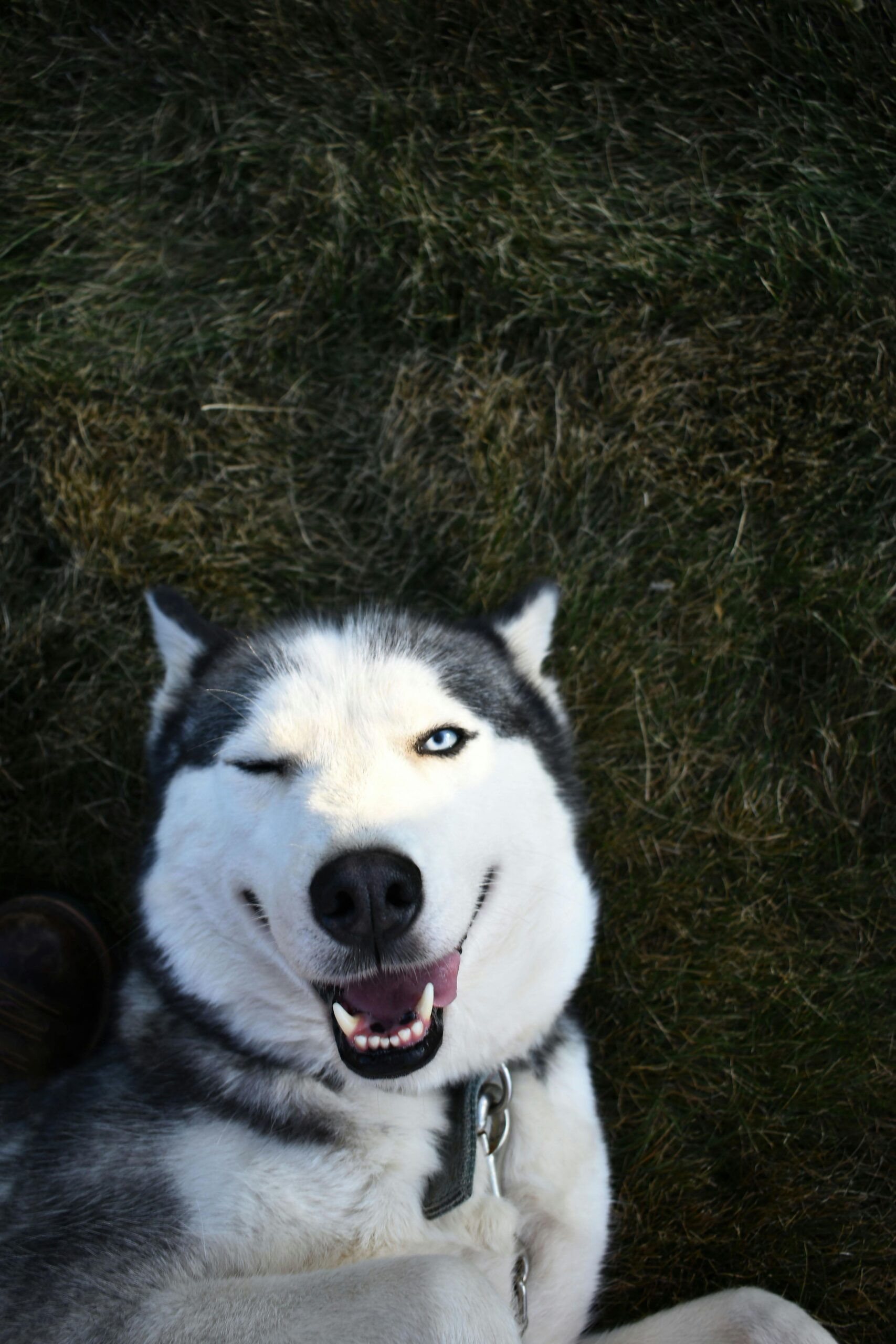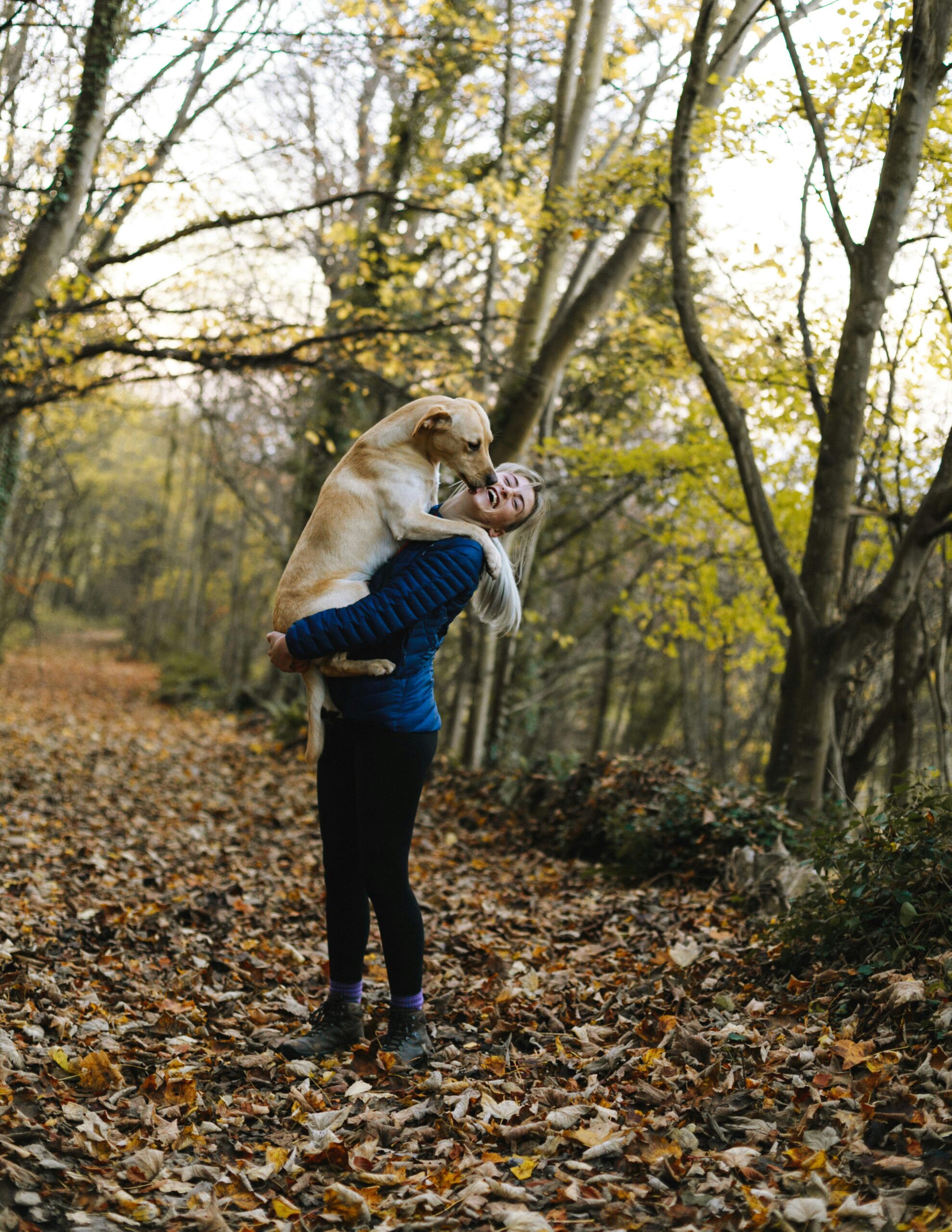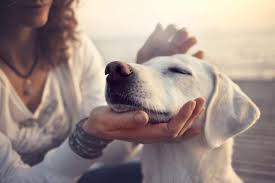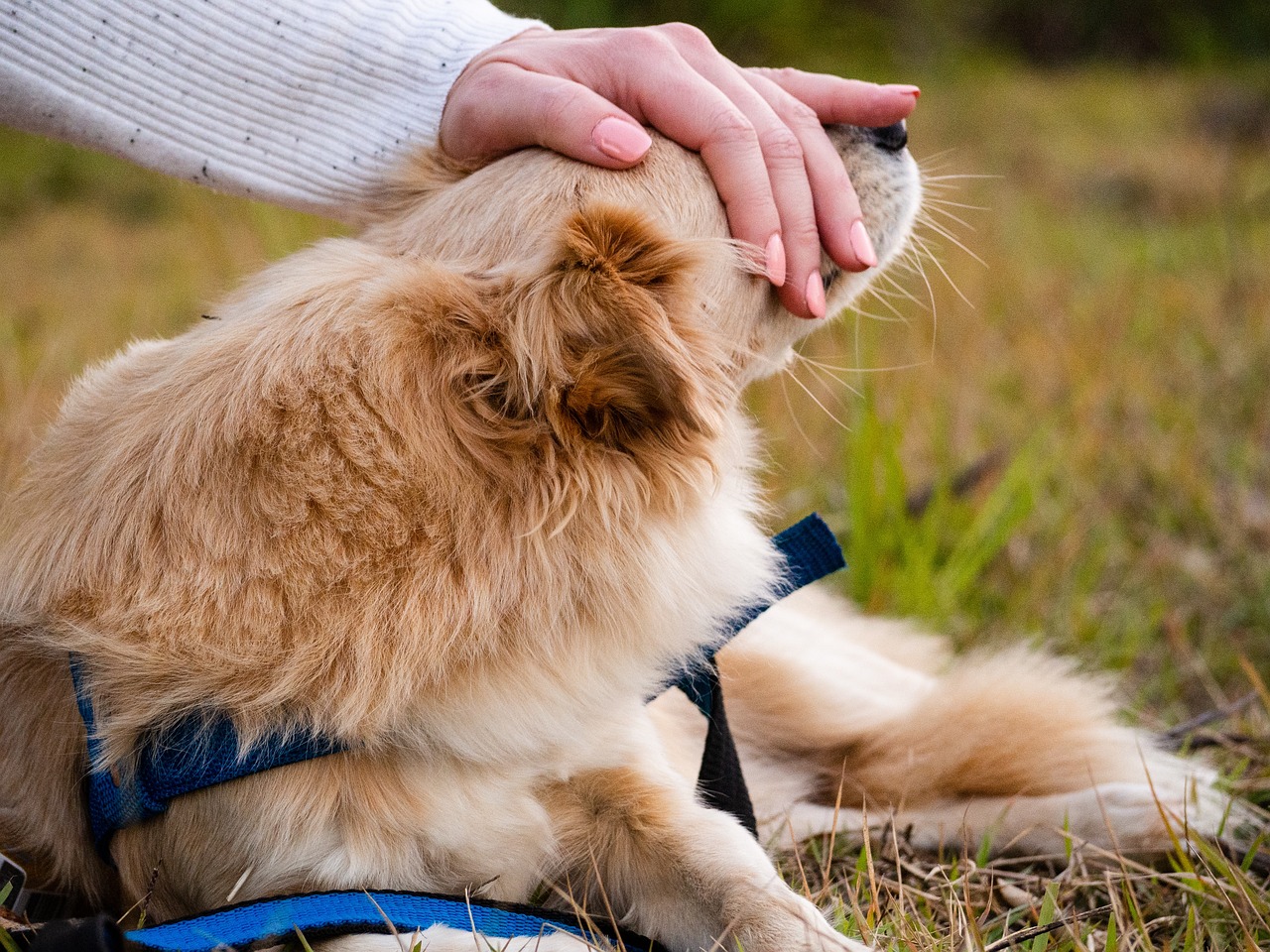The dog should be allowed the freedom to start interactions first. When petting dogs always allow them to take the first approach. Premature approaches to dogs should always be avoided since any reluctance from the dog indicates disinterest. Check the environment to determine when the dog accepts petting sessions. When you observe a dog with its body relaxed along with soft eyes and a wagging tail then it is a sign of comfort. authentic petting signals include both tail tucking and continuous walking or intentional stealing of eye contact.
Always respect the dog’s boundaries.
Make the dog feel comfortable by avoiding both intimidating or uncertain behavior. Move down to the dog’s height and turn yourself toward the side while maintaining a balanced posture. Showing more restraint helps the dog decide its own sniffing and interaction timing with you.
Know Where and How to Pet
Petting sessions can begin after the dog shows signs of relaxation. Secure permission from the owner for petting even though the dog appears welcoming. Several dogs maintain awkward relationships with unfamiliar individuals which causes their emotional disposition to shift. You should watch how the dog positions its body so you can stay away from abrupt actions. Pet dogs much differently than humans by starting with hand sniffing instead of imposing hands toward their powerful heads. The dog should set the pace as you positioning your hand loosely by your side before it decides to get closer to you.
McGuire found that dogs tend to choose whereabouts from the chin through their neck and shoulders and onto their chest for preferred petting. A few dogs find pleasant stroking nearby their tail base soothing. Approach the dog from the flank because reaching over their body can make them uncomfortable. The dog will get petted better by receiving flowing strokes while you avoid using compact pats. Observe the dog’s behavior for any signals. A dog shows enjoyment when it leans against your hand without moving it or keeps touching close to you. Any sign of movement away from you together with stiffness or a shift in posture means you should stop the petting session.
Respect the Dog’s Limits
All dogs have physical boundaries which restrict certain regions from being touched. Petting the top of the head should be avoided because this area creates an intimidating sensation for most dogs. Several dogs do not appreciate physical contact in their muzzle area and face nor their paws. The ear and tail areas respond easily to harm making it essential to proceed carefully with these body parts. Belly touches usually bring pleasure to dogs yet some will urinate while rolling over as a sign of anxiety so monitor their comfort at all times. It is essential to discontinue petting if the dog demonstrates signs of discomfort. The dog becomes uncomfortable when it show signs such as body rigidity with lips constantly licking while yawn frequency increases and head movement away from touch. A contented dog expresses its satisfaction through leaning or putting forward its nose and sometimes lightly wags its tail during petting. The dog exhibits its want for continued contact by touching your hand with a single paw. The correct method to end any dog interaction involves doing so with care. After stopping petting observe how the dog reacts. A dog that approaches closer to you seeks additional attention. The dog shows comfort when you step away without any more hesitation. Positive final impressions for dogs create trust along with pleasant future encounters



